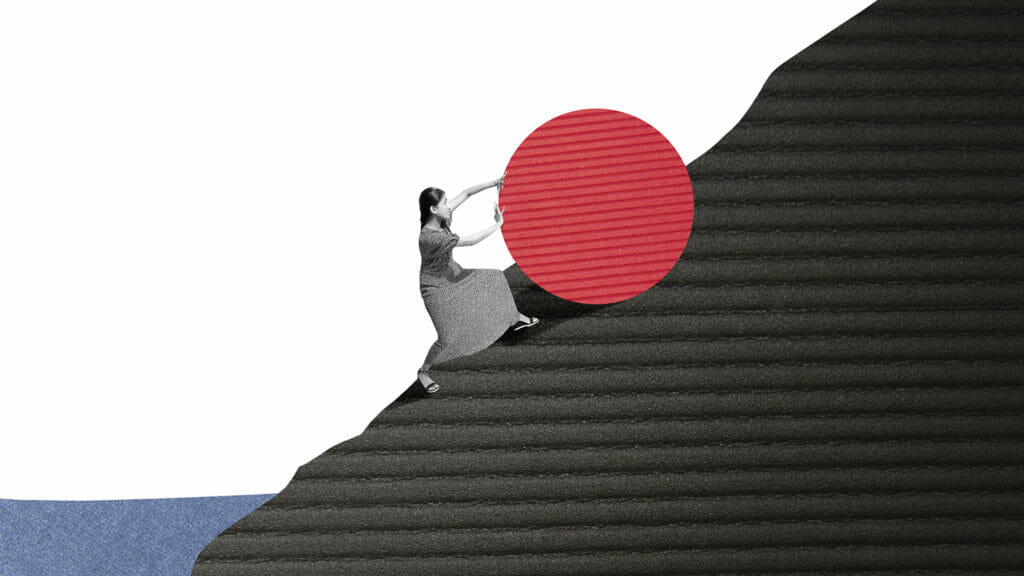
Affordable senior housing providers say they are stretched thin due to a host of operational and workforce challenges, but partnerships with outside agencies are helping them meet residents’ needs, according to the recently released results of a survey of providers
LeadingAge’s latest quarterly survey shows that 40% of affordable senior housing provider members expect staffing and workforce issues to remain their top challenges in the coming months.
Sixty-three percent of respondents said that they have workforce challenges now, with 60% indicated they are adjusting pay and benefits to attract staff members, and 39% are offering team building and employee services to boost morale. Other workforce strategies noted included new marketing techniques (26%), agency staffing (23%) and cross-training staff (28%).
More than 34% of provider respondents said they are using training and professional development opportunities to address retention, and 33% are offering increased flexibility and leave policies to adjust to new workforce demands.
Among other challenges reported by respondents, 38% cited operational shortfalls and funding delays, followed by resident mental and behavioral health issues (31%). Inspection and maintenance issues, vacancy concerns and disaster preparedness rounded out the top challenges on the horizon.
Meeting resident needs through service coordination
When it comes to service coordination, 42% provide services in house. Providers also partner with local Area Agencies on Aging (55%), local health clinics and pharmacies (55%), local food banks (51%) and Program of All-inclusive Care for the Elderly programs (26%).
Sixty-one percent of respondents said they do not have enough service coordination in their communities — but 31% said they are not taking action to expand or add service coordination, or don’t know how to do it. The majority of respondents (72%) receive service coordinator funding through their HUD budgets, while 34% receive funding through HUD grants.
Fewer than 5% said they are not interested in service coordination, and only 6% said they do not provide any services.
COVID-19 boosters, funding on the agenda
With increasing warnings about a fall/winter twindemic of COVID-19 and a more robust influenza season expected, almost 53% of respondents said they plan to offer a COVID-19 booster clinic. Of those, half plan to offer the COVID-19 booster and flu shots on the same day.
Some providers indicated they already hosted booster clinics, while 9% said they had no plans to provide the updated booster shots.
Of the 58% of providers who indicated they received Coronavirus Aid, Relief, and Economic Security (CARES) Act funds from HUD in the form of COVID-19 supplemental payments, or CSP, in rounds 1 to 4, 34% said the funds went toward reimbursements for personal protective equipment and testing access costs. Other uses for the CSP funds went toward property cleaning (31%) and “other operational” costs (26%) — 42% of respondents said they did ot request any CSP funding.
In the most recent round of CSP funding, 13% indicated they used funds for property-wide internet infrastructure installation reimbursement, 8% for air quality system improvement reimbursement, and 45% for backup generator installation reimbursement.
Half of respondents said they don’t plan to apply for upcoming CSP round 5 funding. Of those who plan to apply, 26% said they will seek operational expenses reimbursement for staffing and cleaning expenses, 17% for internet installation reimbursement, 11% for backup generation reimbursement, and 8% for air quality system improvement reimbursement.
The survey also addressed internet access, waiting lists, vacancy rates, upcoming HUD National Standards for the Physical Inspection of Real Estate (NSPIRE) inspections, sprinkler system/fire alarm inspections, and emergency notification/call for aid systems.


